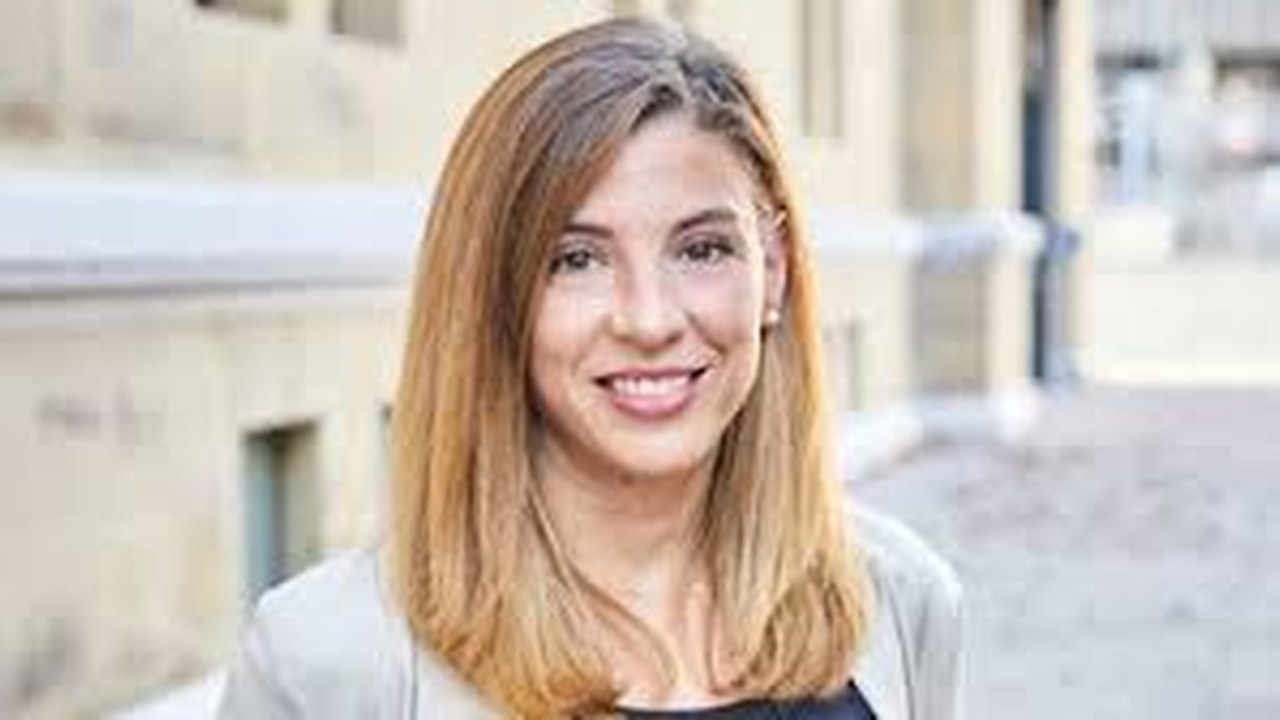Scaffolds as tissues mimicries: from biochemical to biophysical stimuli
CIC nanoGUNE Seminars
- Speaker
-
Sandra Camarero-Espinosa
Polymat EHU and Ikerbasque - When
-
2024/09/16
11:00 - Place
- CIC nanoGUNE Seminar room, Tolosa Hiribidea 76, Donostia-San Sebastian
- Host
- Alexander Bittner
- Add to calendar
-
iCal

Tissue Engineering emerged in the early 90´s on the basis of fabricating designer biomaterial scaffolds to guide cell attachment, distribution, differentiation and the deposition of an extra cellular matrix (ECM) characteristic of the targeted tissue. Cells are capable of sensing characteristics such as patterned (bio)chemical, topographical and mechanical cues over their microenvironment. Thus, under the form follows function approach, the field has been largely focused on the development of sophisticated hierarchical scaffolds that can replicate the cues present on the native environment from the molecular to the macroscopic scale.
The low practicality of this approach and the difficulties to translate the generated scaffolds to clinical environments have pushed the field to slowly shift to other approaches based on the stimulation of cells mimicking their function in the body. The function follows form approach is centred on the application of mechanical, sonic, magnetic, electrical or chemical stimuli to biomaterial scaffolds that is then translated to cells.
We will review these two concepts highlighting a series of combined scaffold biofabrication approaches (3D printing, electrospinning, self-assembly, etc) that lead to the fine control of the cell microenvironment, as well as the development of smart materials responsive to external sonic and magnetic fields and their implication in tissue regeneration.
